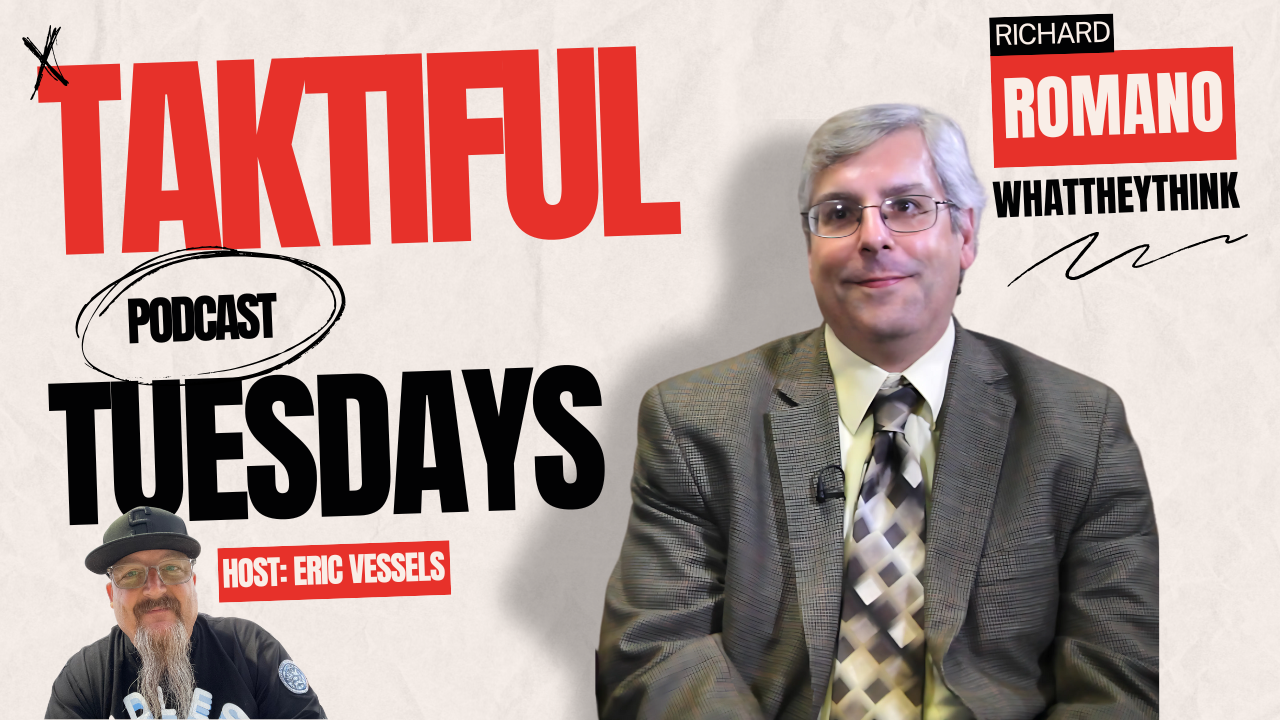Wipak Future-Proofs Gravure Business with BOBST oneECG Retrofit
Press release from the issuing company
Aiming to increase efficiencies and sustainability, flexible packaging specialist Wipak Walsrode, in Germany, has chosen to retrofit a BOBST gravure press with oneECG (Extended Color Gamut) printing. The innovative technology has advanced the capabilities of Wipak’s RS 4003 MP machine enabling the company to be more competitive on costs and bring more value to its customers.
With ever more stringent environmental regulations and consumers looking for greener products, the future of gravure printing hinges on making it more sustainable. With BOBST oneECG technology, gravure has taken a great leap in innovation with improved color consistency, lower waste, and faster speed to market, at a more competitive price point.
Upgrading gravure with oneECG
The Walsrode facility joined the Wipak Group in 2001; however, its partnership with BOBST dates back to the mid-1980s. More recently, in 2017, Wipak Walsrode invested in a BOBST RS 4003 MP gravure press, having been impressed during the live demonstrations by the machine’s overall high performance, efficiency, and productivity. This meant dismantling two older Italian presses to make way for the new BOBST, which has more than lived up to expectations, according to Stefan Bruns, Process & Quality Manager Converting at Wipak Walsrode.
“The BOBST RS 4003 has been a superior printing machine, delivering on all our key KPIs – speed, quality, and productivity – so we were keen to advance its capabilities and improve sustainability with oneECG technology. As soon as we saw oneECG in action during a visit to the San Giorgio Competence Center in Italy, we knew this technology was the answer to the complex market challenges we are facing.”
Retrofitting oneECG on its BOBST RS 4003 MP press has allowed Wipak to radically overhaul the whole gravure process, making it more streamlined, efficient, predictable, and sustainable. The change from using spot color (Pantone) inks to the oneECG system, with only CMYK plus orange, green and violet on press, has fundamentally changed the way the company works, digitalizing the color management process and largely moving it from the pressroom into the prepress department.
“We were impressed that the performance of a mature press like the 4003, which we started running in 2017–18, can be improved after only five years by retrofitting oneECG. With this amazing technology, we are now locking in the color profiles in prepress and everything is done digitally. This means no more tweaking on press and no more color inconsistencies caused by human intervention,” explained Bruns.
Sustainable printing that hits color targets
Offering exceptional color stability, repeatability and consistency, BOBST oneECG allows Wipak to reduce the numbers of cylinders needed on press to seven (plus white), lower the ink consumption by up to 30%, and minimize substrate waste in setups and changeovers by around 50%. By standardizing the gravure printing process, the company is also able to print multiple similar print jobs across the web in one pass. The benefits are high printing quality that hits the color targets every time, cost savings and faster turnaround of jobs.
“Our main objectives in moving to BOBST oneECG were to print in perfect register over the entire print run and to do so at the highest possible speed with very low waste and shorter setup times – a big ask, especially for a retrofitted technology,” said Bruns. “But this is perfectly possible with oneECG because it offers superior stability, high flexibility and improved sustainability.”
With these big savings on materials and consumables, BOBST oneECG naturally plays a crucial role in Wipak’s firm commitment to becoming climate neutral by 2025. The flexible packaging producer is marketing the technology as Green Choice Printing (GCP) – part of the GreenChoice Strategy by Wipak product portfolio, which has been designed to help customers reach their sustainability targets.
Importantly, oneECG is also supporting the trend in flexible packaging towards the use of mono-material structures and paper-based materials that are ready for recycling, such as BOBST’s oneBARRIER product family.
Bruns explained, “New sustainable materials for flexible packaging are a challenge for gravure. We have been printing on PET as the main substrate for our products for a long time, but the industry is changing towards mono-structures – BOPP, BOPE, MDOPE, etc., based on polyolefin, and also paper. With our oneECG retrofit, we can face that challenge head-on and deliver the sustainable, high-quality products that our customers demand now.”
Future-proofing gravure to stay competitive
The Wipak GCP project (enabled by BOBST oneECG) has played out over several years, as the partners collaborated to overcome the limitations imposed by the coronavirus crisis. The press became fully operational at the end of Q4 2023 and Bruns reported that 25% of flexible packaging jobs had already been moved over to the oneECG method of printing at the start of 2024.
In terms of installation, the Bobst Italia Retrofit & Upgrade team worked closely with the Walsrode site to implement the technology successfully and train operators in this new way of working. One of the major changes in setups and changeovers has been the speed with which a new job can be put on press.
“Putting a new job on press running with GCP is akin to a Formula One pitstop,” smiled Bruns. “Because the inks remain in the press, the operators can swiftly replace the printing cylinders when it stops. It’s almost as quick as changing the tires on a race car; the cylinders come out and the new ones go in, then it’s back up to full speed with very little waste.”
So, with BOBST oneECG, is gravure, in general, now ready to compete with flexo for a profitable future?
“Gravure with oneECG can without a doubt be competitive even for shorter runs of flexible packaging. At Wipak Walsrode, we now have the option to combine designs on one set of printing cylinders if the requirements like repeat and job size fit, so that saves vast amounts of time and materials,” said Bruns, concluding, “The retrofit has not only updated our BOBST RS 4003 press, but it has also future-proofed our business by making us more competitive with more sustainable solutions.”
BOBST Retrofits & Upgrades Technology Manager Viviana Ferrari commented, “A great advantage of oneECG is its ability to adapt to various work needs. While it excels in many aspects, nothing prevents you from using gravure in the traditional way on certain jobs when optimal. Moreover, oneECG enhances conventional jobs by controlling process variables and improving repeatability, and on top of that, thanks to the advanced register control, reducing waste and set up time.”
- Questions to ask about inkjet for corrugated packaging
- Can Chinese OEMs challenge Western manufacturers?
- The #1 Question When Selling Inkjet
- Integrator perspective on Konica Minolta printheads
- Surfing the Waves of Inkjet
- Kyocera Nixka talks inkjet integration trends
- B2B Customer Tours
- Keeping Inkjet Tickled Pink
© 2024 WhatTheyThink. All Rights Reserved.














